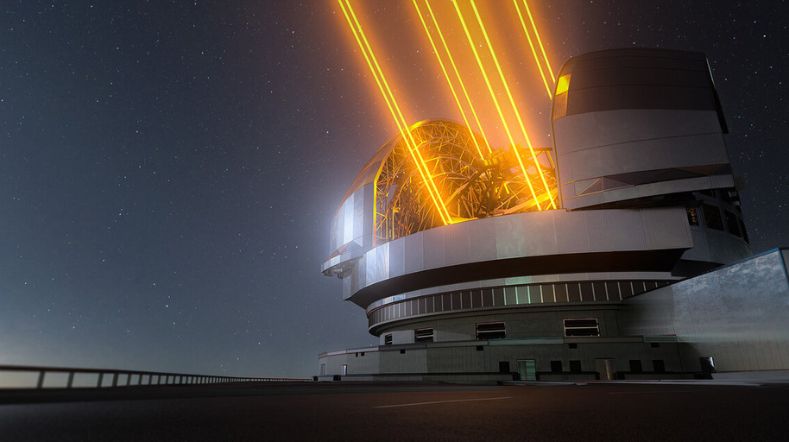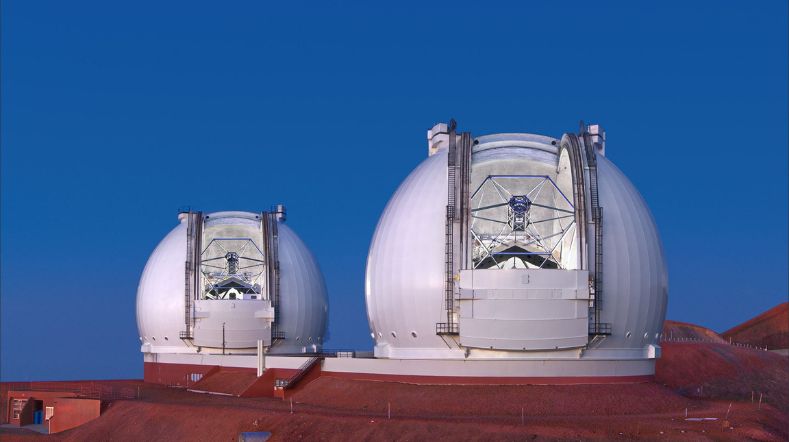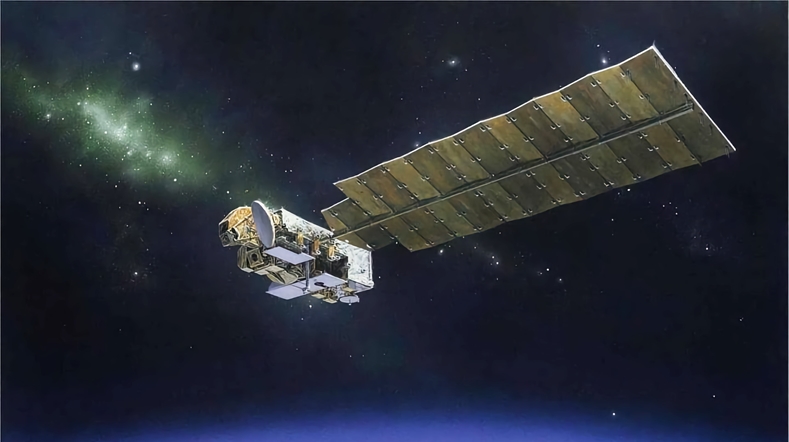
Pioneering space innovation
From ground-breaking climate research and satellites for observational systems, to non-invasive medical research and semiconductor production: we have a lot to thank optical scientific instruments for, including their use in space technology. The Netherlands has a strong international position in the development and implementation of innovative and optical instruments for use in space and science.
Ever since its foundation, TNO has been active in the field of advanced optical instruments, and for over 50 years has been developing instruments for use in space, astronomy, scientific research and manufacturing industry. Examples of this work include the development of instruments for measuring the ozone layer (GOME and TROPOMI) and a space telescope (GAIA). The measuring instruments contribute to dealing with important social issues, spur on science and form the basis for industry and job opportunities in the Netherlands.
Future prospects
Space plays a crucial role in the daily life of everyone on Earth. Satellites for communication, earth observation and astronomy are an increasingly crucial part of our planet’s infrastructure. In close cooperation with High Tech Industry, TNO Space & Scientific Instrumentation delivers breakthrough technology for space and scientific instruments.
Earth observation
With earth observation satellites, we are monitoring our planet. TNO has a long history of developing instruments that can view our planet's atmosphere, land and water, so that we can reduce the harmful impact of greenhouse gases and air pollution.
Laser satellite communication
There is a growing demand for more data. This includes the advent of self-driving cars, social media with more videos and 'Internet of Things'. Existing connections cannot meet this demand. Laser satellite communication offers a solution.
Ground-based Astronomy
With our technology development for astronomy, we help make scientific breakthroughs possible. These include nanometre-precise carrier structures and actuators, laser guide stars and deformable mirrors.
Equipment and systems for exploring the universe
Exploring and mapping the universe via satellites has kept people busy for decades. We can now see enormously far into space, thanks to complex equipment. Find out what important contributions we make to exploring and mapping the universe.
Get inspired
Laser projection systems


Deformable mirrors


Ground-based astronomy


Satellite instrument OMI orbits Earth for 100,000th time


Jan Nijenhuis appointed Knight in the Order of the Lion of the Netherlands


